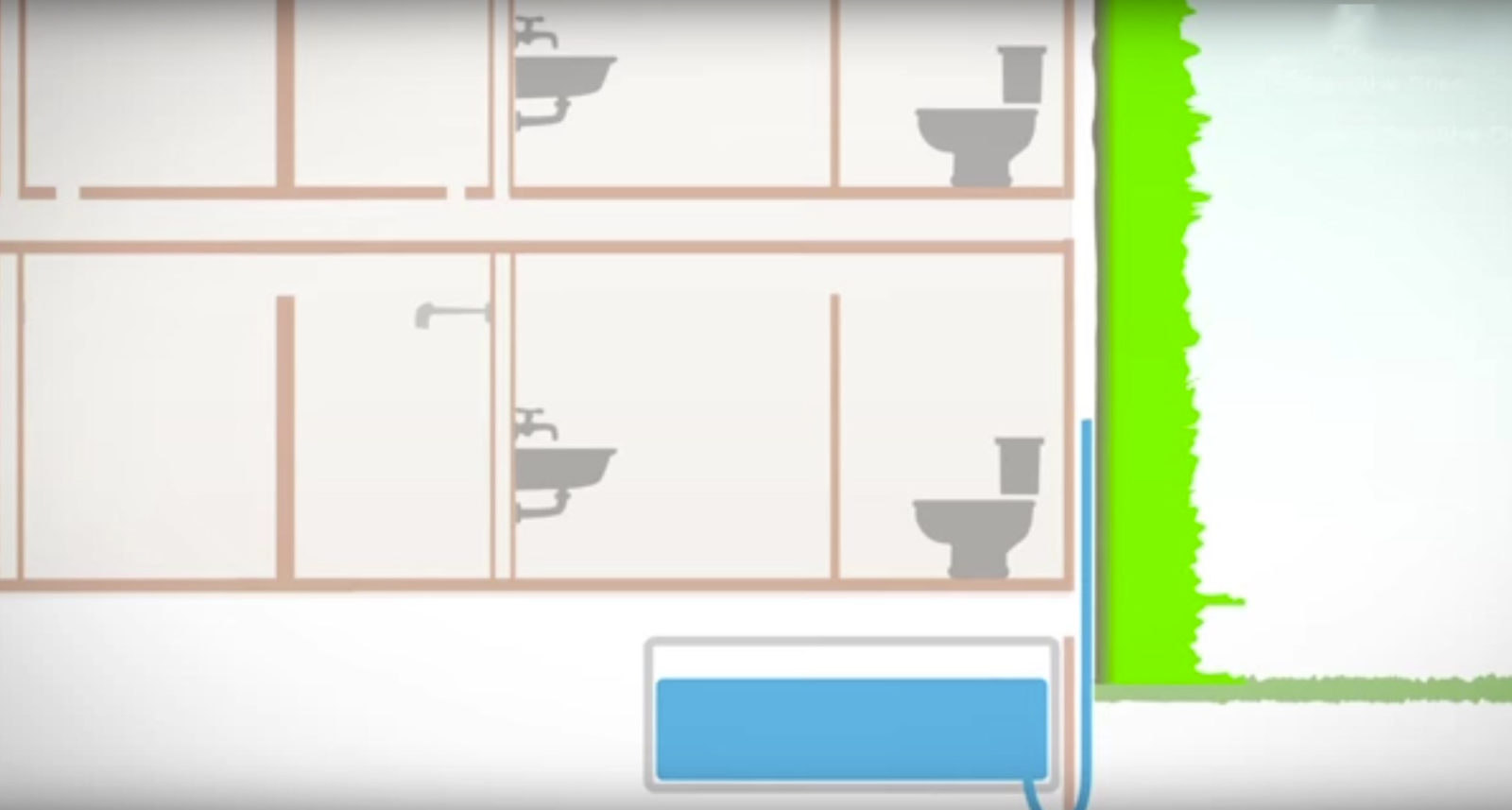Using electrochemical oxidation for decentralised greywater treatment
It’s become a cliché of modern life that we need to do more with less – and nowhere is this more pertinent than with regard to water. The clichéd response, perhaps, is that necessity is the mother of invention – or, in this case, taking an existing technology and adapting it to provide new options.
While recycling water for irrigation or toilet flushing is hardly a new concept, precious potable water continues to be used routinely in Australia for most domestic purposes – before being flushed down the drain. If we could treat and reuse domestic greywater easily, we could reduce the amount of potable water required by households, particularly in water-stressed areas.
PhD candidate Elisabet Andres Garcia, together with Professor Jurg Keller, and Dr Phil Bond at The University of Queensland’s Advanced Water Management Centre are developing a decentralised greywater recycling system for the CRC for Water Sensitive Cities’ Fit-for-purpose water production project. The system, based around combined adsorption and electrochemical oxidation, could be used in households, apartments, and office buildings.
Garry Henderson, Principal Process Engineer at KBR, is involved with the project. He explains that the project uses “water pinch analysis” – which aims to pair available water streams with end uses. “We target wastewater (from the shower or washing machine, for example) that is not suitable for reuse as is, but is not too difficult or expensive to treat for particular purposes such as irrigation or toilet flushing.”

Electrochemical oxidation
Greywater treatment – even in situ greywater treatment – is not exactly new though. So what’s different about this technology? “There are many different technologies for treating greywater, such as wetlands and filters,” acknowledges Elisabet. “This is a new alternative. Another tool in the box.”
In fact, Elisabet was working on a new filter material before moving into electrochemistry. “Electrochemistry is attracting attention globally because it has been used in industry to remove a wide range of pollutants and microorganisms,” she says.
It works by applying a current between two electrodes in a solution to cause oxidation at the positively charged electrode (or anode). The resultant radical oxidant species destroy microorganisms and degrade organic pollutants. Elisabet is using boron-doped diamond, well known for producing high levels of strong oxidants, as a novel anode material to enable efficient treatment of wastewater. She is also looking to further enhance the system’s performance by incorporating activated carbon as a bed material, which acts in two ways: firstly, through adsorption of pollutants; and secondly, by acquiring charge and acting as a third electrode, it also degrades pollutants via oxidation reactions on its surface.
A new twist on an existing technology
While electrochemistry has had favourable reports for treating industrial wastewater, the technology has not yet been applied to domestic greywater treatment. But it has some notable advantages that make it a potential alternative in this space. The system is versatile and robust: it can operate at ambient temperature and pressure, and can be adapted for different treatment requirements or for variations in concentration or flow. It is very compact, and easily automated. And – whereas conventional water disinfection typically uses chlorine, which can generate toxic by-products – electrochemical systems can disinfect without adding chemicals, making them cleaner. Furthermore, they compare favourably with alternative treatment systems when it comes to ease of use and maintenance costs for the end user.
Garry and Phil see the technology’s potential in the residential market at the development stage. “It’s a bit of a selling point for new developments, like apartments and office buildings.” says Phil. “While retrofitting would likely be quite expensive, incorporating the technology into a new development would be more cost effective.” Garry suggests that as the technology improves, it may become more suitable for larger-scale applications such as bigger residential and office developments.
Because it is small, and can be powered by sources independent of the energy grid, it also has great potential for use in developing countries. “As battery technology develops and becomes cheaper, this system could open up opportunities for communities, especially where sourcing water is difficult or dangerous. Being able to reuse water would reduce the risk for those sorts of communities,” says Garry.
But it’s early days yet. With the reactor still at development stage, commercial production is a little way off. Nevertheless, the project has promising implications as a tool for fit-for-purpose water production in water-stressed areas around the world. And as Garry points out: those areas are becoming larger and larger.
Nicola Dunnicliff-Wells for the Mind Your Way team
Further reading:
Radjenovic, J. and Sedlak, D.L. (2015) Challenges and Opportunities for Electrochemical Processes as Next-Generation Technologies for the Treatment of Contaminated Water. Environmental Science & Technology 49(19), 11292-11302.